Your cart is currently empty!
Clay
-
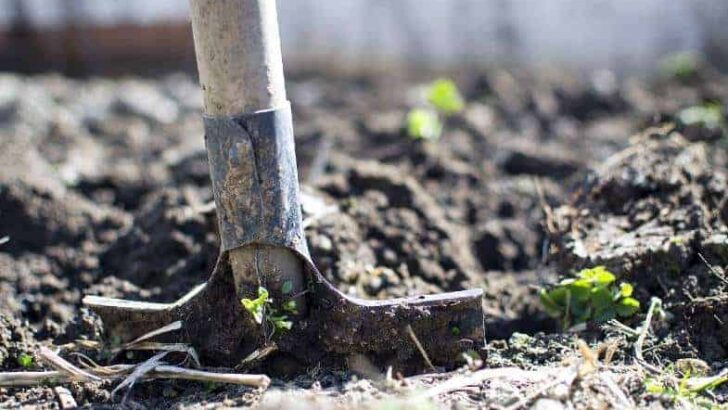
Where Is Clay Found? – How to Get Your Hands on Clay Soil
Clay is dug up from the ground and processed so it can be used to make pottery. Often it is manufacturers who mine the clay and transport it to a processing plant. Sometimes it is individual potters who want to be self-sufficient. But this raises the question, where is clay found? Good clay for pottery…
-
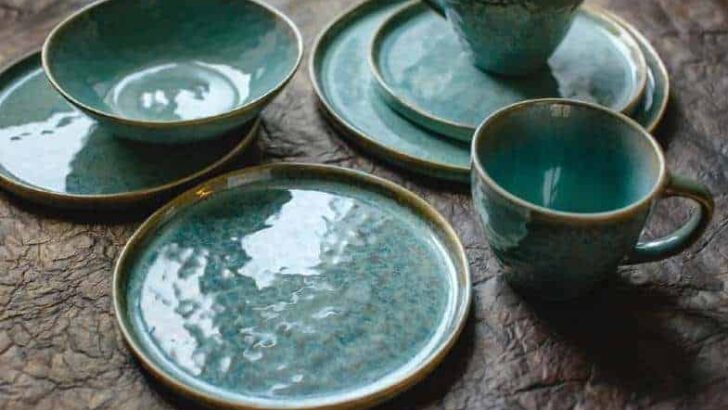
What is Earthenware Made of? – Earthenware Pottery 101
Earthenware pottery is everywhere. It is used to make everything from roof tiles, building bricks, plant pots, and dinnerware. So, what is this amazingly versatile material called earthenware? And exactly what is earthenware made of? Here is your answer in a nutshell: Earthenware is traditionally made from ‘red earthenware’ clay or ‘red terra-cotta’. However, some…
-
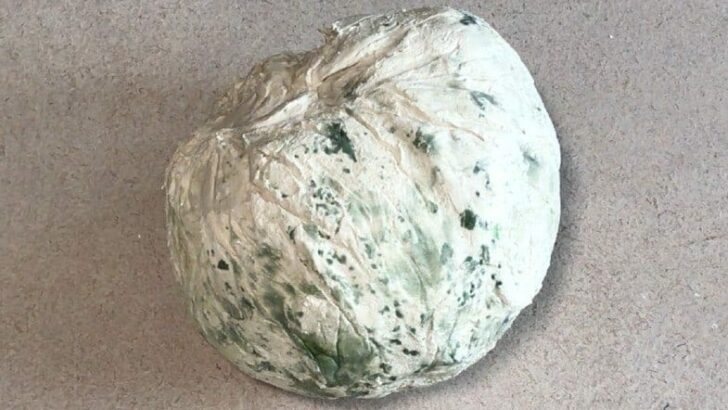
How to Get Rid of Mold on Clay – 7 Ways to Clean Moldy Clay
Finding that your pottery clay has gone moldy is very common. Clay needs to be kept moist to stay workable and it contains organic matter. These are perfect conditions for the growth of mold. So, what can you do if you open up your bag of clay and it’s growing green and black mold? Here…
-

Types of Clay for Pottery – The 5 Main Types of Ceramic Clay
If you’re starting out in ceramics, you may be wondering about the different types of clay for pottery. This information can feel overwhelming, so I thought it would be helpful to give a clear overview of the key differences. In this article, I will take a walk through the main different types of clay for…
-
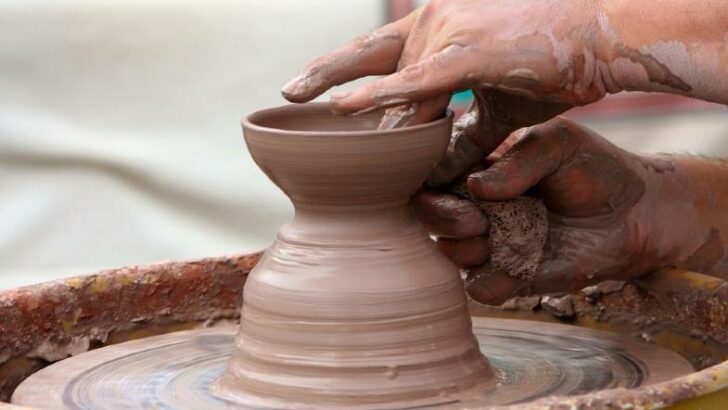
What is Pottery Clay Made Of? – Getting The Dirt on Clay
If you are a potter, or simply own some pottery, you may have wondered what is pottery clay made of? You need not wonder anymore, in this article we will dive into this topic and discuss the basics of pottery clay. We will look at how it occurs naturally, how it is processed and the…
-
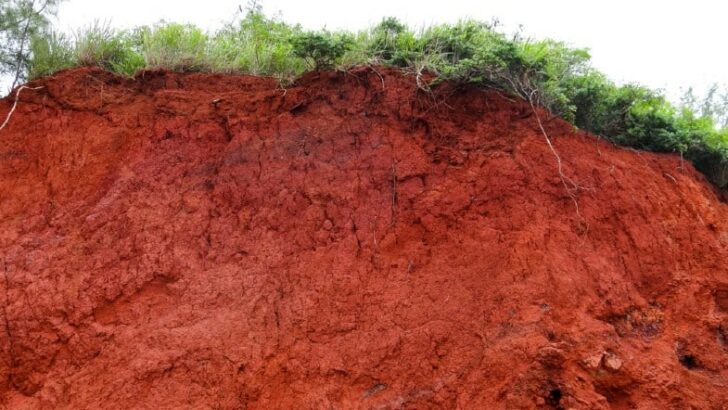
Is Pottery Clay Eco-Friendly? – or is it Costing the Earth?
For many years, humans have been making jewelry, vases, plates, jugs, and drinking vessels out of clay. And still today, given the vast variety of materials available, clay is one of the most beautiful and durable options. Clay can be beautiful, practical and can take a variety of forms and shapes. Aesthetics aside, there has…
-
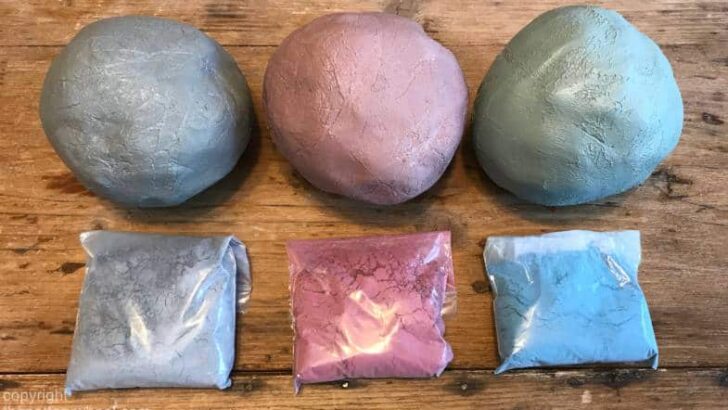
How to Make Colored Clay – 3 Easy Methods with Images
It is simple to make colored clay, and the results can be really stunning. It is one of my favorite ways of decorating my pottery. You can make lovely marbled agateware or nerikomi from the clay you have colored. To make colored clay, you need to add a stain or oxide to your clay. Stains…
-
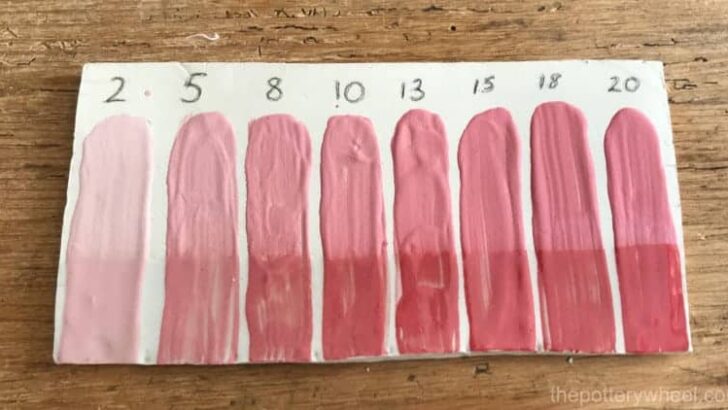
How Much Stain to Use in Colored Slip? – Making a Test Tile
I love using colored slip to decorate pottery. It has a velvety finish that you don’t get with most underglaze. If you want to make your own decorating slip, you’re probably wondering how much stain to use in colored slip? How much stain to use in colored slip, depends on a few factors. They…
-
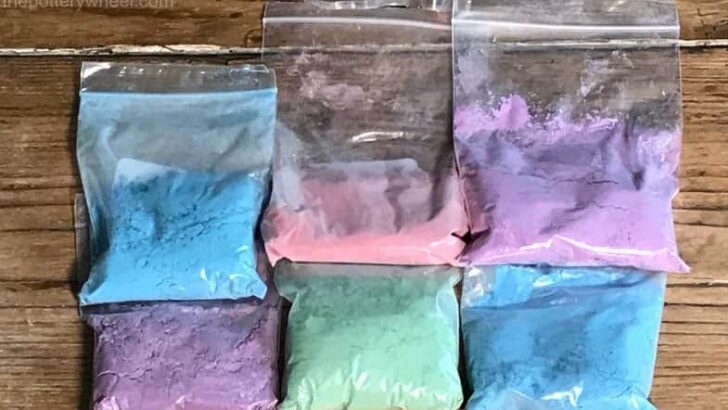
How to Make Colored Slip – 3 Easy Ways to Color Clay Slip
Colored slip is a great way to decorate your ceramics. But it can be expensive to buy, and you may not find exactly the color that you want. So perhaps you are wondering how to make colored slip. To make colored slip, you mix a powdered oxide or stain with clay slip. The amount of…
-
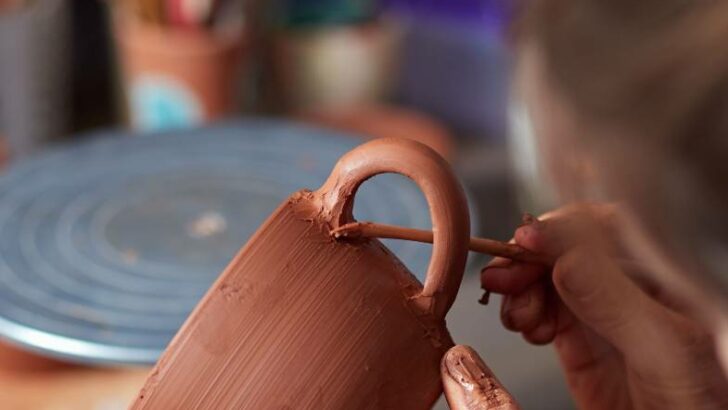
8 Ways to Fix Handles that Crack on Mugs as Clay Dries
The key to drying pottery clay without cracks is to dry it slowly and evenly. Mug handles are notorious for cracking at the joint because drying handles evenly can be tricky. So, what do you do if your mug handle has cracked at the joint? Here are some simple ways to fix handles that crack…
-
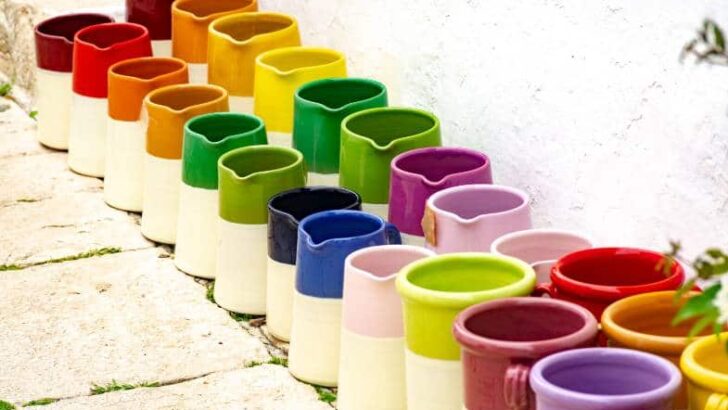
Can You Keep Your Pottery Outdoors? Protecting Your Pots
Pottery and sculpture can be a beautiful addition to an outside space. However outdoor conditions are not ideal for fired clay. Factors like heat, cold, rain, etc can affect your pottery resulting in wear and tear. So, should you avoid keeping your pottery outdoors or can they be protected from the effect of the weather?…
-

20 Ingenious Ways of Transporting Greenware Pottery Safely
Bone dry pottery is extremely fragile. In particular handles on mugs and jugs, and other fine details can be broken off easily. But many potters, particularly in the first few years of making pottery don’t own their own kiln. Instead, they rely on finding a local kiln service to fire their work. This raises questions…
